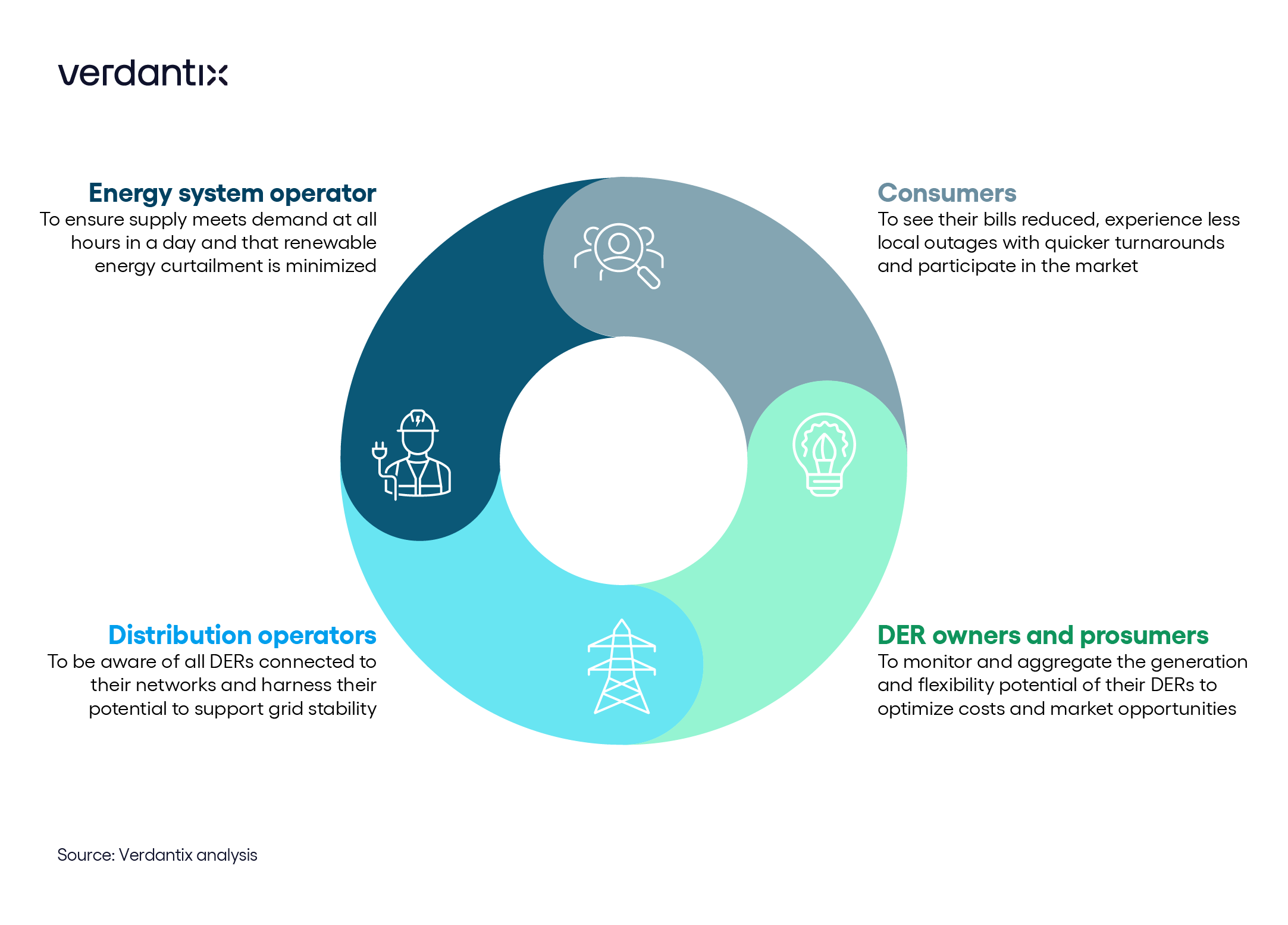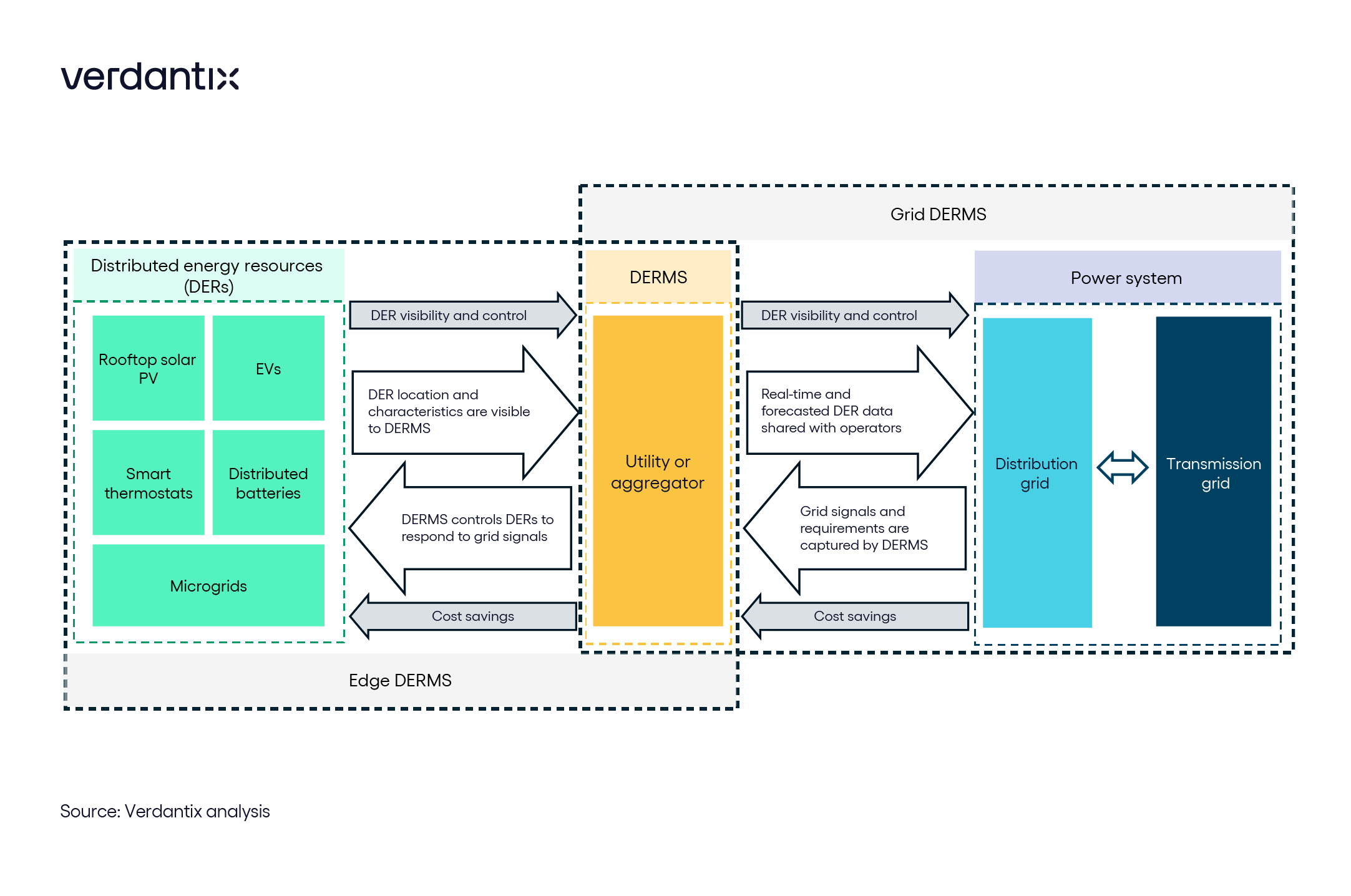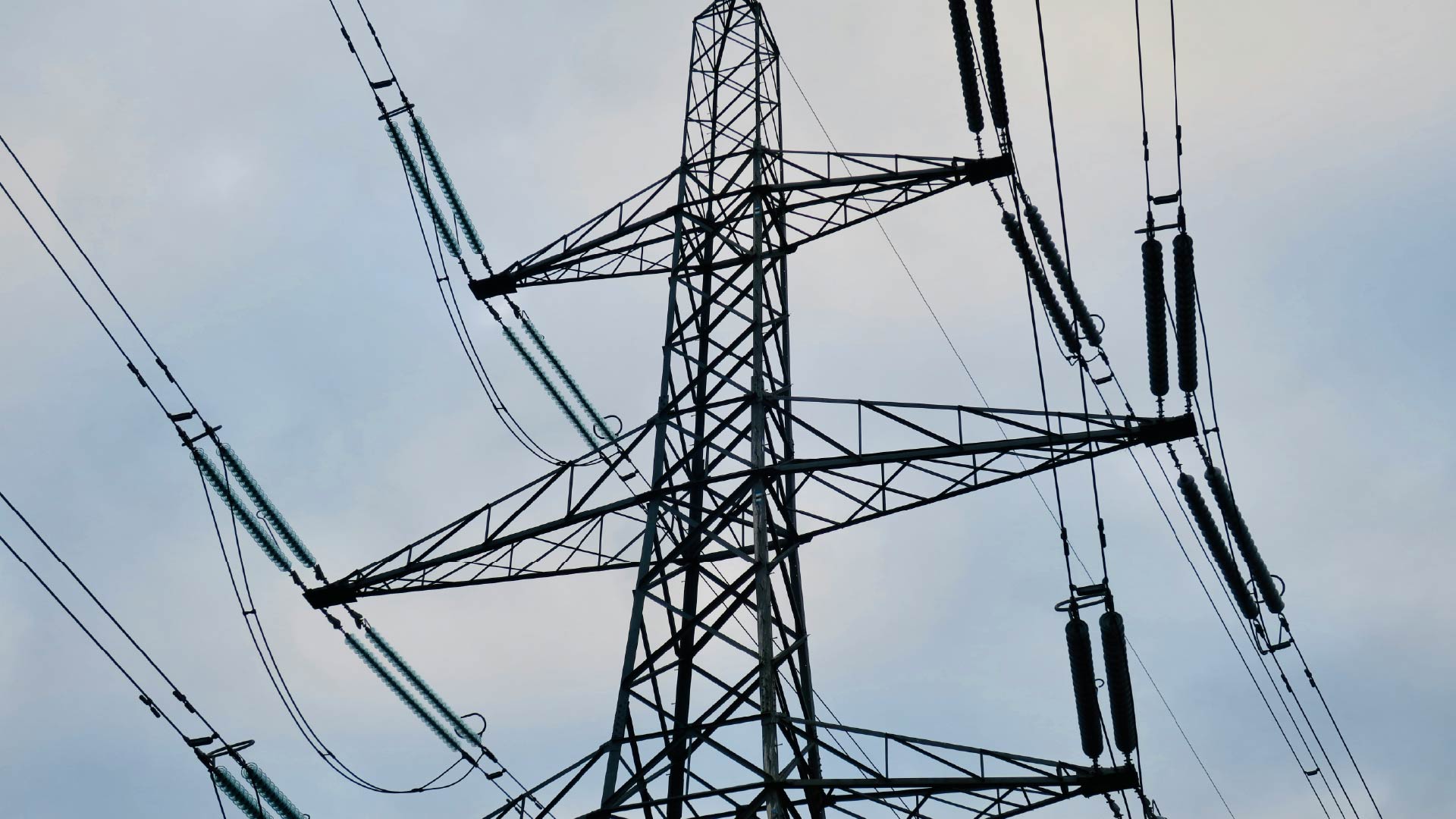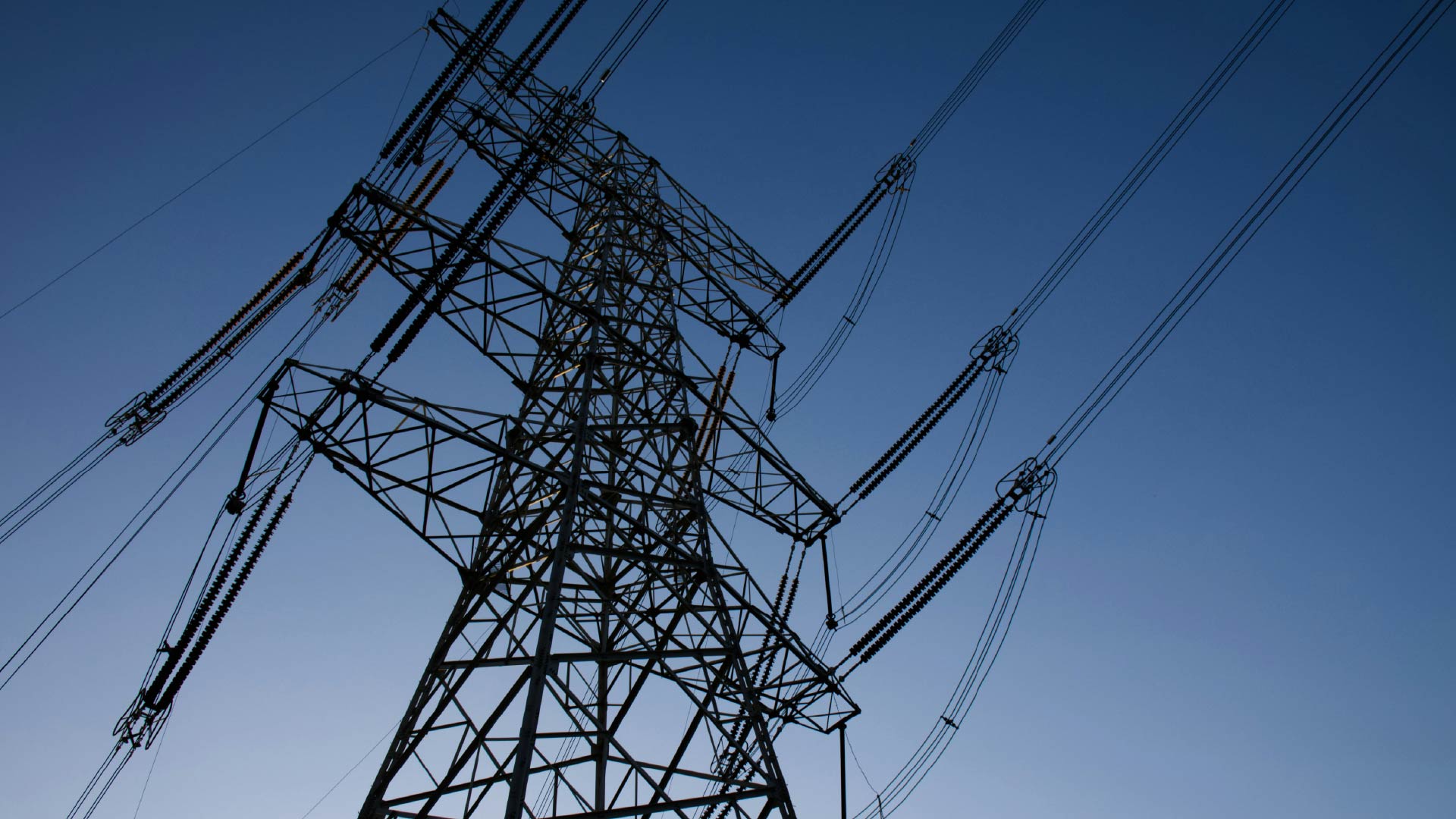DERMS Demystified: What It Is And Why It Matters
As energy networks shift toward decentralization, distributed energy resource management systems (DERMS) are emerging as a key tool to unlock the true flexibility of a decentralized energy landscape. The platforms can turn distributed energy into a grid-strengthening asset rather than a complex challenge, and make networks not only active – but dynamic.
DERMS are software platforms or systems that are used to manage and optimize the operation of distributed energy resources (DERs), such as rooftop solar panels, electric vehicles, batteries, and behind-the-meter assets. These systems have emerged to address some of the challenges and requirements that the increasing decentralization of the electricity market is bringing to the table:
- Transmission system operators (TSOs) need to meet peak demand and cope with renewable variability, ensuring there is enough power generation to meet demand every hour of every day and non-curtailed renewable generation is maximized.
- Distribution system operators (DSOs) need to locate and control DERs within their distribution network, harnessing their potential to relieve congestion and voltage violations and ensure overall grid stability.
- DER owners and prosumers want to monitor and aggregate their DERs for better management, resilience, renewable integration, cost optimization and market representation.
- Consumers want to reduce their bills, experience less local power outages and have quicker turnarounds, as well as have the opportunity to participate in energy markets.

DERMS address these different perspectives and needs by offering a range of functionality:
- DER visibility: identifying, monitoring and aggregating different front-of-the-meter and behind-the-meter DERs.
- DER modelling: forecasting and modelling aggregated DER generation and flexibility potential for better management and access to electricity markets.
- DER control: controlling, scheduling and optimizing the dispatch and absorption of energy to maximize performance, minimize costs and match local demand.
- Grid support: managing the integration of DERs into the wider grid to maximize the value of DER generation and flexibility potential for grid stability and reliability.
The DERMS market is divided into two primary architectures, each defined by the specific functionality they support and the particular segments of the electricity network they serve:
- Aggregators or edge DERMS focus on those DERs that are closer to the point of consumption, including behind-the-meter assets. These are generally aimed at microgrid operators, prosumers and other DER owners to allow better management and visibility of their DERs and be able to aggregate the joint generation and flexibility capacity into virtual power plants, and facilitate access to electricity and flexibility markets.
- Grid DERMS focus on the broader network, addressing the needs of network operators. These systems utilize the granular insights and improved visibility of DERs connected to their networks that edge systems provide and translate them into tools to solve congestions, voltage violations and other grid issues. This also creates opportunities to reduce system costs, transmission losses and renewable energy curtailment.

The DERMS market is as intricate as the electricity systems it supports, requiring continuous adaptation to evolving needs and integration with other tools. DERMS have the potential to become a cornerstone of global electricity networks. Look out for our upcoming Market Trends Report on DERMS in the coming weeks to find out more.
About The Author

Hector Aguirre
Industry Analyst





